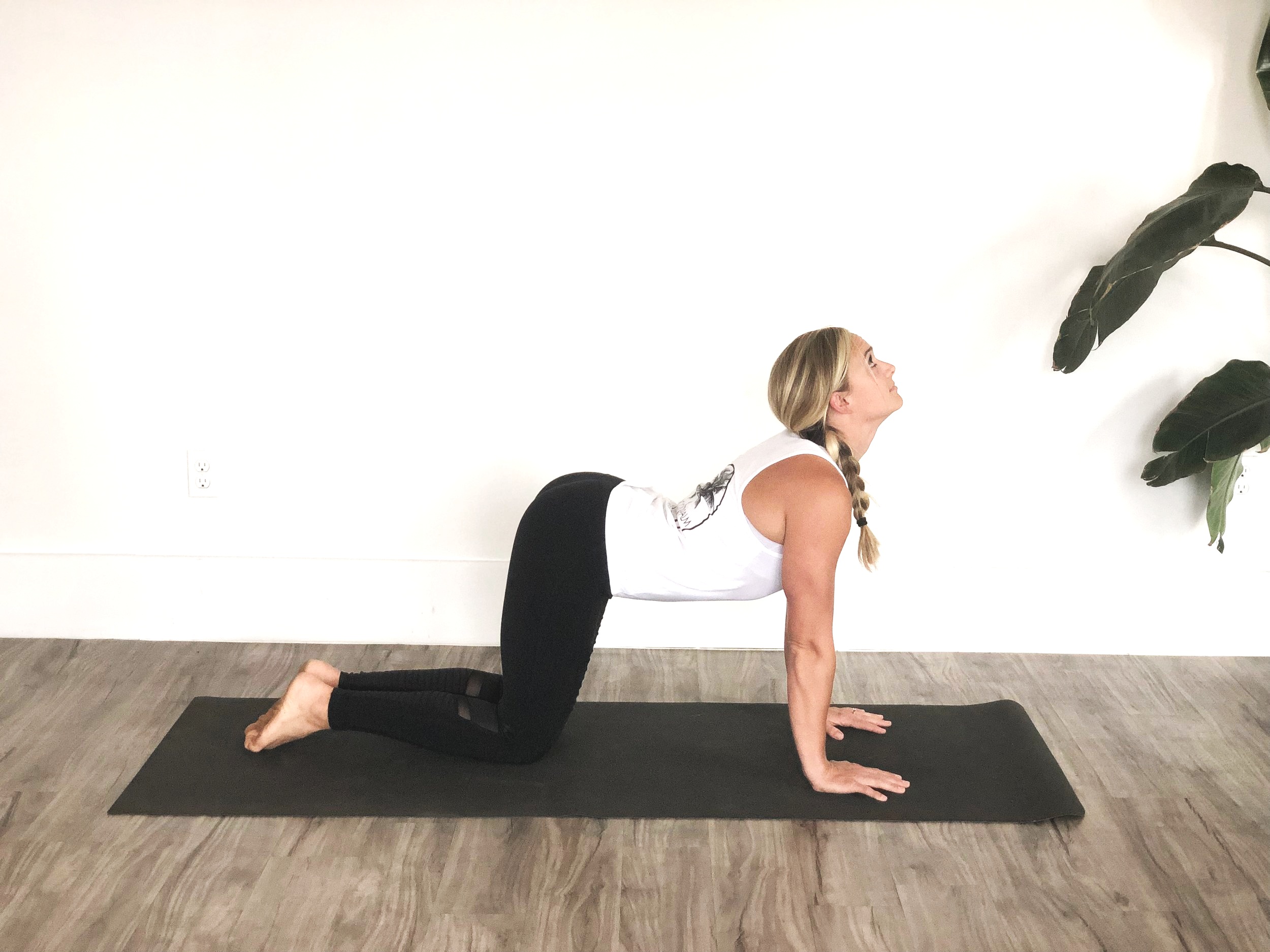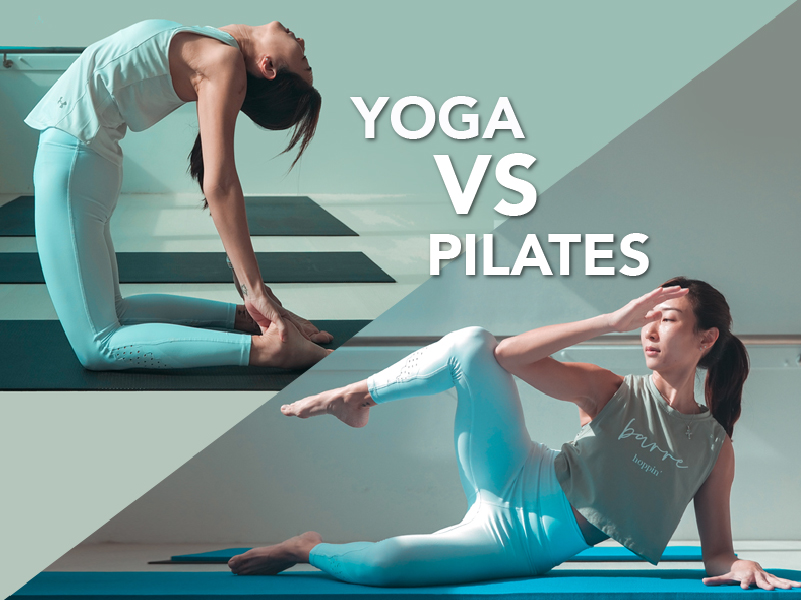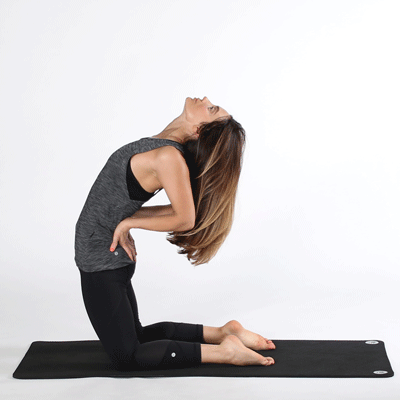
Exercises For IBS
Research has shown that moving your body can help relieve symptoms of irritable bowel disorder (IBS). You should avoid certain exercises if IBS is present.
Yoga poses to help with IBS
Yoga can be very beneficial for people with IBS. It helps you connect your mind and body by focusing on breath control, relaxation and a series if poses. Yoga can help to relieve the pain and discomfort associated with IBS.
Each type of yoga has its own benefits. The side bends, twists, and other poses stimulate the digestive systems and increase the blood flow into the intestines. This exercise can help to relieve constipation. It increases the rate at which peristalsis occurs, or waves of movement that push stools downward.
Hatha Yoga is the most common form of yoga. This type consists a number of poses. Some poses are more relaxing than others but you should try them all to get the most benefit.

Yin yoga is another good option for those suffering with IBS and offers more restorative postures that promote balance. The yoga poses can be used to relieve pain, relax the body, and help reduce bloating.
Aside from Yin yoga, there are other forms of yoga that can be helpful for IBS patients such as Ashtanga yoga and Bikram yoga. These types of yoga focus on movement by using breath control. They are also very gentle to the body.
Diaphragmatic breathing, a popular technique for breathing that promotes relaxation and calmness, has been shown to aid with IBS. This breathing technique may also reduce stress and be particularly useful for IBS patients as it improves their ability to cope with anxiety.
The Bow Pose is a good posture to use for IBS. It stimulates and strengthens the abdominal muscles, which can help relieve constipation. It also helps in relaxing the body and mind by lowering the spine to the floor and relieving tension from the head, neck, and shoulders.
The Gate Pose is another yoga pose that helps to calm the digestive system. It can reduce IBS-related symptoms, such as diarrhea, bloating and gas. This pose increases circulation of blood in the stomach, small intestinal tract, pancreas and liver.

To perform the pose, kneel to the floor with your hands placed in front. Lift your legs off the floor, stretching your hips, while bending forward from your knees.
It is a great way to improve digestion and ease IBS. It can be beneficial for those suffering from dizziness as well as other nervous disorders, such anxiety and insomnia.
Listen to your own body and adapt your workouts to suit. You might choose ultra-calming exercises during flare-ups and more intense ones in periods of remission. This will keep you active, but also allow you to find out what works for you.
FAQ
Where can I find an experienced yoga teacher?
You can find qualified yoga teachers in your local community. If you live far from a yoga studio, you can search for one online. A yoga class that offers online registration might be worth your consideration.
Can women do yoga?
Absolutely! No matter their gender, women should be able to practice yoga.
Yoga can be done in many styles for both men and women.
What is the best way to start yoga?
You'll need a pad (some are foldable), loose clothing, and something to put under your head as you lay down.
You may also need props like blocks, straps or bolsters, blankets, towels, or blankets for specific poses.
However, in general, you don't need any other things. To start yoga, you must be motivated to make positive changes in one's life and willing to put in the effort.
Are 20 minutes of daily yoga enough?
Yoga should not only be considered an exercise activity, but a way to find your inner self. It is an opportunity to reflect on your life, and how it has been lived.
My friend, who had been practicing yoga for many, years, introduced me to the benefits of yoga. He explained to me that he did 20 minutes of yoga each morning which made him feel calmer during the rest of the day.
I decided to try it and found that it made a difference in my overall well-being. I have continued practicing yoga every day since and find it helps me relax and concentrate when I am at my desk.
Finding what works for you is key, as well as setting realistic goals. You don't need to spend hours doing yoga each day if it isn't going to help you achieve your goals.
As a beginner, can I practice yoga every day?
Yoga is a wonderful way to strengthen your body. It can also help you relax, and it can even help with stress relief. You don't necessarily have to be a master of yoga to start to practice it regularly. Beginners should practice yoga for 20 minutes three times per week.
This is enough time for you to get started. Then, you can slowly increase the amount of time you practice.
I do already engage in some type of physical activity. Can yoga still be beneficial to me?
Yes! Yes! Yoga can improve your training results, even if you're not very active. Yoga can be combined with other activities like running, cycling, lifting weights, and swimming to achieve greater results.
This is because yoga helps to improve your ability to concentrate on breathing and burn calories more quickly.
Additionally, it can increase your endurance level. You can reap the many benefits of yoga no matter how advanced or beginner you are.
What is yoga?
Yoga is based upon alignment, breath control. Meditation and stillness principles. If done properly, yoga can bring peace and calm to the practitioner.
Your body should be warmed up before you begin any yoga class. You might begin with stretches such as forwarding bends (bending forward), reverse bends (bending backward), twists and side bends. These moves help loosen tight muscles, and prepare you to take on deeper poses.
Next, you will need to balance in the "standing" pose. During this pose, you stand with your feet, arms at your sides, and gaze down toward the floor. Your body should feel rooted and centered.
Next, you need to get into deep stretching postures. This is where you lay on your back and bend your knees. Next, move into deep stretching poses. Keep your balance and keep you from falling by grasping onto something sturdy. If you don’t own anything to grab, you can place your hands on the ground.
After doing all these poses, you will move into a series of standing poses. These include the warrior pose (mountain pose), mountain pose, downward facing, upward facing, plank pose, last pose, and the warrior pose (warrior pose).
When doing yoga, it's important to breathe deeply and slowly. Deep breathing not only cleanses your lungs but also calms your mind. Focusing on your exhales and inhales can help you do this. Make sure to count every time you take another breath.
You can practice yoga anywhere -- even while cooking! You can follow the same steps as above but instead of lying flat on the floor, sit upright.
Start with 10 minutes daily if you're new to yoga. Yoga can be beneficial for anyone, regardless of age.
Statistics
- According to calorie estimates calculated at Harvard Medical School, the average 125-pound person burns about 120 calories in a half hour of hatha yoga, and a 185-pound person burns about 178 calories in that half hour. (everydayhealth.com)
- A 2020 review of 27 studies (1,805 total participants) of yoga interventions in children or adolescents found reductions in anxiety or depression in 70 percent of the studies, with more promising results for anxiety. (nccih.nih.gov)
- Lock in 25% off your Founding Member rate. (corepoweryoga.com)
- About one in seven U.S. adults practiced yoga in the past 12 months, according to a 2017 national survey. (nccih.nih.gov)
- In comparison, a 125-pound person is estimated to burn 135 calories in 30 minutes of walking (at a pace of 15-minute miles) and 210 calories bicycling at a moderate pace on a stationary bike. (everydayhealth.com)
External Links
How To
What is the best position to practice yoga?
There is no right or wrong way of practicing yoga. Each person has their style. You only need to know which positions feel comfortable for you.
Here are some common poses:
Standing poses – Standing poses are perfect for beginners. They make it easier to concentrate on your breathing.
Forward bends – Forward bends can be used to loosen tight areas in the body. These can be done while you are sitting or lying down.
Backbends. Backbends generally are considered advanced poses. Your instructor will be able to help you if you are interested in trying one.
Inversions - Inversions are poses that require you to balance yourself upside down. This is a difficult but rewarding form of yoga.